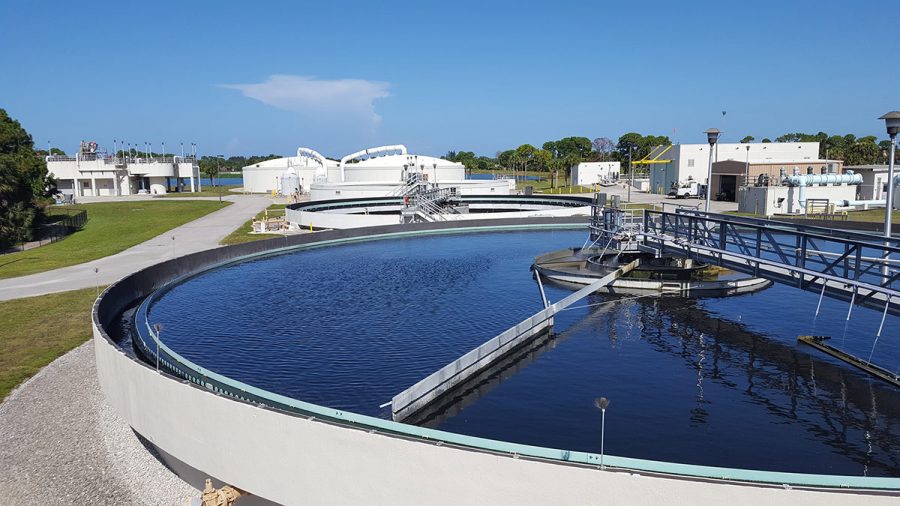Effluent is liquid waste flowing out of a Factory, Farm, Commercial Establishment, or Residential Establishment into a water body such as a River, Lake, or reservoir.
Effluent treatment is Generally Categorised into two types:
- Industrial wastewater treatment
- Sewage Treatment
Industrial wastewater treatment covers the mechanisms and processes used to treat water that has been contaminated in some way by anthropogenic industrial or commercial activities prior to its release into the environment or its re-use.
Source of industrial wastewater
- Iron and steel Industry.
- Mines and quarries
- Food Industry
- Complex Inorganic chemical industry.
- Nuclear industry
Effluent Treatment includes physical, chemical and biological processes to remove physical, chemical, and biological contaminants. Its objective is to produce an environmentally safe fluid waste stream and solid waste suitable for disposal or re-use. It is not possible to reuse sewage effluent for drinking water, although Europe has some countries which have implemented such sewage treatment, or domestic wastewater treatment, in the process of removing contaminants from wastewater and household sewage.
Industrial wastewater can be treated close to where it is created, a decentralised system or collected and transported via a network of pipes and pump stations to the effluent treatment plant, a centralise system. Industrial Wastewater collection and treatment is typically subjected to local, state and federal regulations and standards.
There are three types of process
- Pre treatments
- Secondary treatment
- Tertiary treatment
Pre-treatment removes materials that can be easily collected from the raw wastewater before they damage or clog the pumps and skimmers of primary treatment clarifiers. In some larger plant, fat and grease are removed by passing the sewage through a small tan where skimmers collect the fat floating on the surface. Air blowers in the base of the tank may also be used to help recover the fat as a froth. Many plants use primary clarifiers with mechanical surface skimmers for fat and grease removal.
Primary treatment consists of temporarily holding the effluent in a quiescent basin where heavy solids can settle to the bottom while oil, grease and lighter solids float to the surface. The settled and floating material is removed and the remaining liquid may be discharged to secondary treatment.
Secondary treatment removes dissolved and suspended biological matter. Secondary treatment is typically performed by indigenous, water-borne microorganisms in a managed habitat.
Tertiary treatment is sometimes defined as anything more than primary and secondary treatment in order to allow rejection into a highly sensitive or fragile ecosystem. Treated water is sometimes disinfected chemically or physically prior to discharge into a stream, river, bay, or wetland or it can be used for groundwater recharge.
One such effluent treatment plant is in Austria, Europe, Which treats the effluent generated by the surrounding industries.
Following are the figures which depict wastewater management in Europe.
Due to awareness in the industries 74.1 % of the wastewater is collected and treated based on strict Regulations, 21.2 % are given the secondary treatment, 1.2 % primary treatment, 1.5 % is collected without any treatment, 0.7 % is not collected.
Every Step comprises a different treatment process that uses different chemicals. The below link consists of a list of chemicals that are used in the Effluent or Wastewater Treatment Processes.
I hope you enjoy reading this article. If you have any queries or requirements, do visit our website or drop me an email at rishabh_ramolia@chemtradeasia.com
By Rishabh Ramolia

